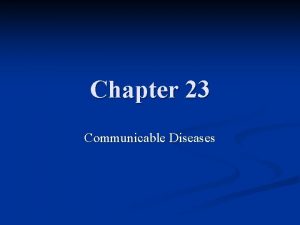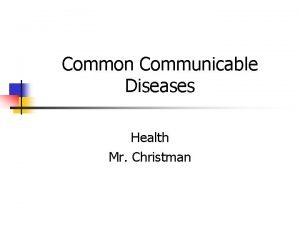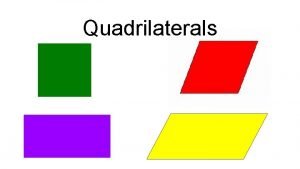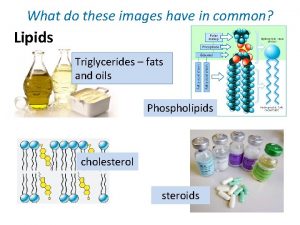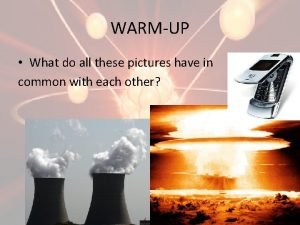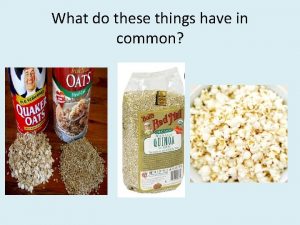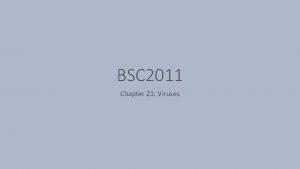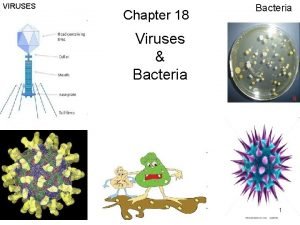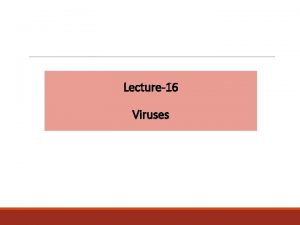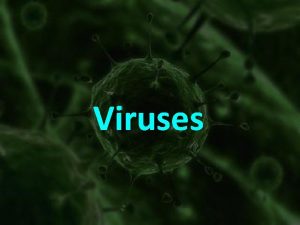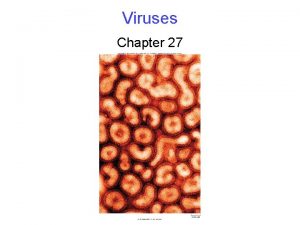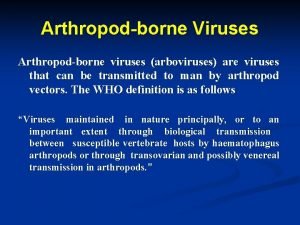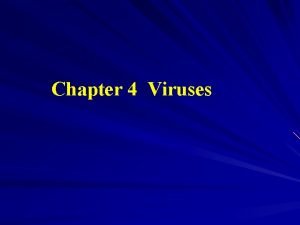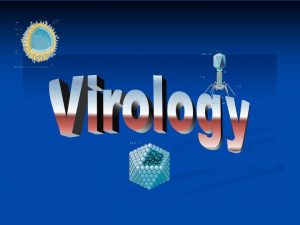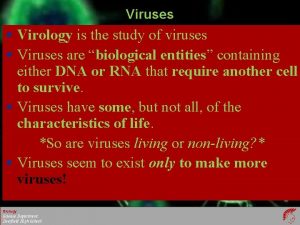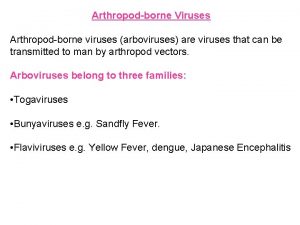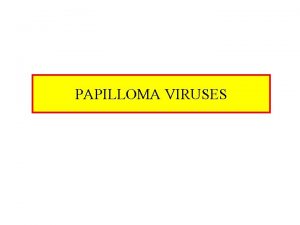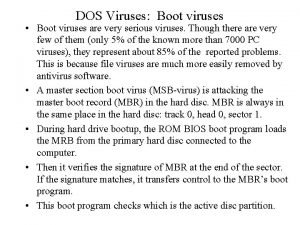Viruses What do these diseases have in common














- Slides: 14

Viruses

What do these diseases have in common? Mumps http: //www. kcom. edu/faculty/chamberlain/Website/lectures/lectur e/IMAGE/MUMPS. GIF Hepatitis B http: //www. idph. state. il. us/images/hepatitisb. jpg Measles http: //www. idph. state. il. us/images/measles. jpg Polio http: //www. immune. org. nz/site_resources/Prof essionals/Diseases/Polio. jpg

It looks alive, acts alive… but it’s not! § Viruses are not living things. They differ from living things in several ways: § They need to be inside a living organism to reproduce themselves § They have no metabolism outside the cell § They do not have cell parts (e. g. , nucleus, mitochondria) § They comprise only a nucleic acid (DNA or RNA) inside a protein capsule

Structure of a virus Complete the diagram! DNA Protein capsid (or RNA) Tube http: //mrsec. wisc. edu/Edetc/technologist/thumbnails/Matt/Virus_diagram. jpg Tail Fiber http: //www. humanillnesses. com/images /hdc_0001_0_img 0008. jpg http: //www. aidsactioncoalition. org/images/hiv_virus. gif

Virus reproduction § In order to reproduce: § A virus attaches to a host cell. § The virus injects the cell with its nucleic acid. § The viral nucleic acid commands the cell to make more viral protein and nucleic acid. § The cell then ruptures, releasing hundreds of new viruses. http: //porpax. bio. miami. edu/~cmallery/150/ gene/sf 11 x 1 virus. jpg

Retroviruses No, they aren’t from the 70 s § These viruses store their genetic information as RNA § Example: HIV http: //international. ucla. edu/cms/images/hiv_virus. jpg

Archaea and Bacteria

Archaea v. Bacteria § Bacteria have peptidoglycan and certain specialized lipids in their cells walls that are not present in Archaea § Bacteria live in the same environment as humans, some are anaerobic) § Archaea live in EXTREME conditions (high pressure/ temperature, deep sea vents) § Most are anaerobic!

Kingdom Bacteria…your friendly neighborhood bacteria § Bacteria are living, unicellular prokaryotes. § Heterotroph or autotroph (most use chemosynthesis). § Bacteria are classified based on their shape, type of cell wall, and movement. § Bacteria have three basic shapes: § Bacilli – rod-shaped § Cocci – spherical § Spirilla – spiral http: //fig. cox. miami. edu/~cmallery/150/proceuc/c 27 x 3 pr oc_shapes. jpg

Structure of a Bacteria Complete the diagram! Cell membrane Cell wall DNA Ribosomes http: //www. ou. edu/class/pheidole/General%20 Bacteria. jpg

Bacteria reproduction Bacteria reproduce asexually: § Binary fission – a bacteria doubles in size; copies its DNA and divides, producing two identical cells. § Spore formation – in unfavorable conditions (lack of food, water) bacteria form a capsule that encloses its DNA and part of its cytoplasm § When conditions are better, the spore germinates and grows.

They’re not all bad… § Bacteria are most widely known for causing diseases such as strep throat, tetanus, meningitis, and tuberculosis. § However, most bacteria are very useful: § E. coli helps us digest our food. § Many are important decomposers in our ecosystem. § Rhizobium provides plants with nitrogen. § A few bacteria are used to clean up small oil spills in the ocean.

Vaccines § A weakened form of the pathogen (virus/bacteria) is used to stimulate the production of antibodies. § However, bacteria and viruses have very high reproductive rates, which result in many mutations. § Thus, bacteria and viruses evolve quickly, often requiring a different vaccine every year. http: //www. biojobblog. com/vaccination%5 B 1%5 D. JPG http: //www. biojobblog. com/vaccination(5). jpg

§ There are two types of vaccines (immunities): § Active immunity – person is injected with the actual pathogen, and immune cells make their own antibodies against the disease, immunity is permanent § Passive immunity – person is injected with antibodies that fight the disease, but immunity is temporary http: //www. iavi. org/viewpage. cfm? aid=1682
 Lytic cycle animation
Lytic cycle animation Lysogenic cycle animation
Lysogenic cycle animation Section 19-3 diseases caused by bacteria and viruses
Section 19-3 diseases caused by bacteria and viruses Chapter 23 communicable diseases
Chapter 23 communicable diseases Non common communicable diseases
Non common communicable diseases What do all of these pictures have in common
What do all of these pictures have in common What do these pictures have in common
What do these pictures have in common Visio parallelogram
Visio parallelogram What do these people have in common?
What do these people have in common? Cholesterol glycerol
Cholesterol glycerol What do these pictures have in common
What do these pictures have in common What do these pictures have in common?
What do these pictures have in common? What do these pictures have in common
What do these pictures have in common What do these people have in common
What do these people have in common Grain kernal
Grain kernal



